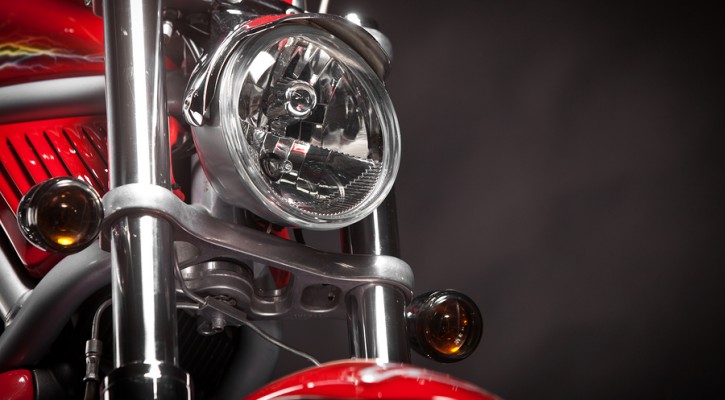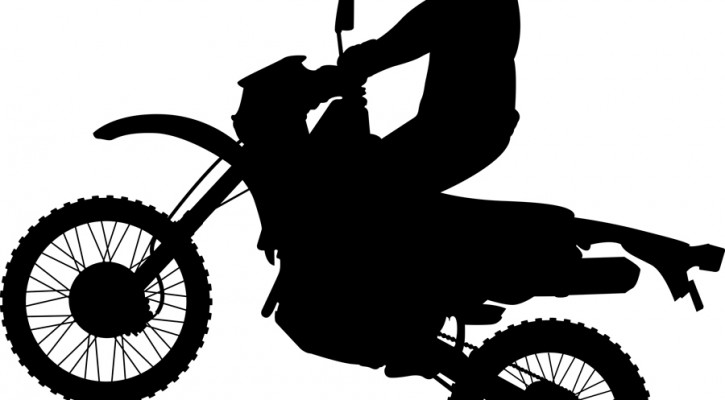
Bad Motorcycle Habits
April 23, 2015
Learn the bad motorcycle habits that cause the most motorcycle fails, and you just might make it through the first year without a dropped bike, broken bone or life-threatening injury.
Tunnel Vision
Don’t get lost in the tunnel. It’s easier than you might think. You’re cruising along with an itch for speed. You begin riding faster and faster, and you tend to focus farther and farther down the road. Pretty soon you’re travelling faster than your eyes can process, and all peripheral vision disappears. This is an incredibly dangerous situation.
Low Speed Incompetence
Many people are surprised to find out that they are terrible low speed riders. Having mastered moving at high speeds, they decided not to work on building that low speed confidence. However, it’s the low speed maneuvers that most often result minor motorcycle mishaps.
Riding Without Situational Awareness
Riding a motorcycle takes a finely-tuned mind. One must be constantly aware of their surroundings, seeing miles down the road while glancing peripherally and keeping mental notes about surroundings, road conditions and weather fluctuations. Without situational awareness, riders become road hazards.
Thinking You Know it All
The worst habit you could ever develop as a rider is developing a bad case of know-it-all-ism. No rider ever knows it all. Keep on learning, studying, and practicing. Mental agility is the key to riding safe.
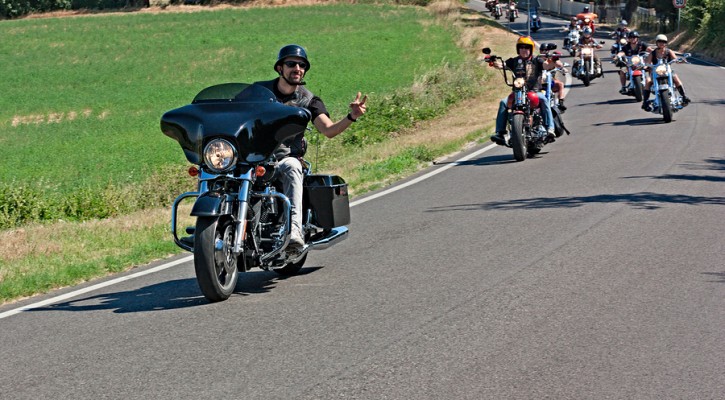
The Motorcycle Wave
October 9, 2014
The motorcycle wave is a universal greeting. It’s a way to show solidarity and respect to other riders, usually complete strangers. It’s a way to acknowledge that you’re both enjoying the same lifestyle, braving the elements on two wheels and enjoying the open road. However, there is a right way and a wrong way to throw “the wave”.
Do throw “the wave” if:
– You feel a sense of community with another rider as you pass by.
– You are in a safe situation.
– You have complete control of your bike.
Do NOT throw “the wave” if:
– You’re a novice rider… it’s best to keep your hands on the controls until you gain some experience.
– You’re in stop-and-go traffic… you will need both hands to brake and accelerate when necessary.
– You’re on a tricky road… hills, turns and speed changes will require both concentration and the use of both of your hands.
– You’re at an intersection… not only will you need to pay attention and keep your hands on the controls, but so will other riders.
– At a biker rally or other motorcycle meet… seriously, the logistics of waving to everyone you see just isn’t possible.
It’s pretty intuitive when you think about it. However, you’d be surprised how many new riders try to throw “the wave” only to lose control and come dangerously close to a terrible wreck. So, use your brains out there and, as always, #ridesafe!
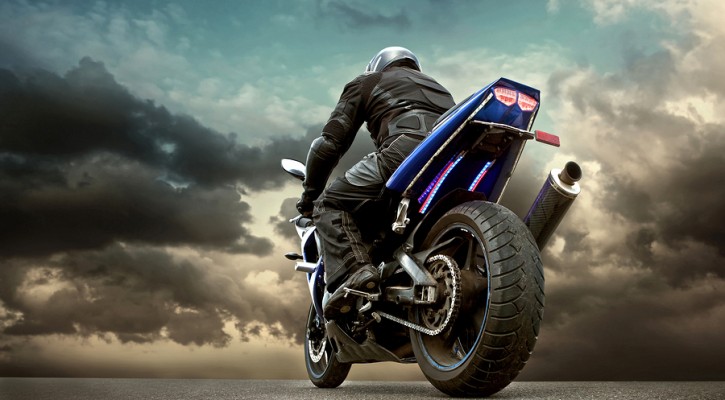
Control
September 22, 2014
God grant me the serenity to accept the things I cannot change, the courage to change the things I can, and the wisdom to know the difference.
Control has a very special meaning to motorcyclists. When you’re on a bike, there are many things that you cannot change. Things such as road conditions, other drivers and the occasional deer or squirrel that darts into your path… these are out of your control.
However, your own riding behavior, reaction time and motorcycle intelligence are things that you can change. These three integral parts of accident avoidance should be well-known before any new motorcyclist takes their first ride.
Riding Behavior
Good riding behavior is the first step in preventing a motorcycle crash. Get into the habit of riding safely and carefully, wearing all the gear all the time (ATGATT), and keeping an eye out for dangerous drivers and other road hazards. Don’t become one of those careless riders that speeds, weaves in and out of traffic, tailgates and cuts people off, and ignores highway safety laws.
Reaction Time
A quick reaction time is essential to avoiding fatal motorcycle crashes. As soon as you mount your motorcycle, shift your brain into a hyper-alert state, ready to respond to any circumstances with lightning-fast speed. Never attempt to ride when you are sleepy or inebriated.
Motorcycle Intelligence
Take a motorcycle safety course. Then, take it again next year. Take it as many times as you need to refresh your riding skills each year, especially after the long hiatus of winter. Motorcycle safety courses teach everything you need to know about avoiding and preventing motorcycle accidents, as well as give you the opportunity to practice some life-saving riding techniques.
These important tips will help you to change the things that you can, and help you gain control no matter what happens while you are out on the road. While others may blame their accidents on the weather, the road conditions, the traffic or the wildlife, you will be able to brag about how well you handled your own motorcycle to avoid crashing entirely.
Too bad you can’t make “how I avoided crashing” reports to your insurance company.
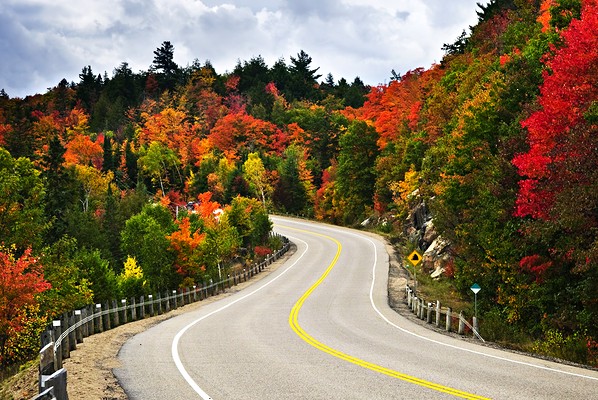
Fall Motorcycle Safety
September 17, 2014
The seasons are changing. The leaves are changing. The weather is changing. So it makes sense that your motorcycling experience may be changing as well. Get all the information you need for fall motorcycle safety and you’ll be able to handle this beautiful riding season like a pro.
It’s Tune-Up Time
As the summer riding season ends and autumn sets in, your bike may be ready for a tune up. Check the mechanics, fluid levels, controls and tires… especially the tires. Long summer days can wear out your wheels in no time. Check for any wear and tear, make sure the tires are properly inflated and the tread is still good.
Be Prepared For Cold Fronts
Temperature changes can be drastic in the fall. Warm, muggy mornings may give way to chilly, even freezing cold afternoons – and vice versa. Pack extra clothes and gear to change into as the temperatures fluctuate. Or, if your morning starts off cold, dress in thermal layers that can be shed throughout the day.
Protect Your Eyes
Cold air is rough on the eyeballs. Consider wearing a full visor helmet, or purchasing some riding goggles to keep your eyes protected from the harsh winds of fall season cold fonts.
Beware of Rain
The rain is no place for a beginner biker. However, it’s not always avoidable either. Keep a sharp eye on the weather and always be prepared for a few showers. Read our tips on Riding in the Rain to be fully prepared.
Watch for Autumn Road Hazards
Wet roads, fallen leaves, active wildlife, and end-of-summer construction projects are all things to look out for while you are riding this fall season. Keep your eyes wide-open and always be ready for a quick reaction time when hazards are spotted.
Knowing the risks of riding in the autumn months will help motorcyclists ride safe this season. So, keep these t
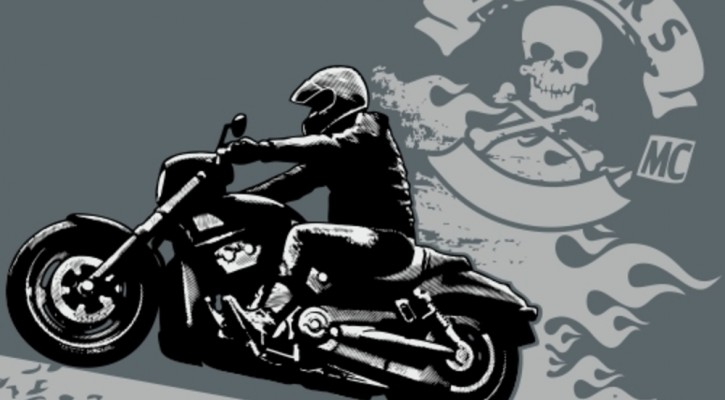
A Message From Motorcyclists
September 9, 2014
Dear Motorists,
The riding season is waning, and fewer motorcyclists are out on the road these days. Extreme August heat will soon give way to freezing winter temperatures. But, don’t let our dwindling numbers fool you. WE ARE STILL OUT THERE.
Fall weather makes for prime riding time in many parts of the country. Meanwhile, some bikers in harsher environments will brave the elements no matter what the seasonal weather brings. So remember to stay alert and keep these motorcycle awareness tips in mind, even as the riding season comes to a close:
- Allow the motorcycle the full width of a lane at all times.
- Always signal when changing lanes or merging with traffic.
- Check all mirrors and blind spots for motorcycles before changing lanes or merging with traffic, especially at intersections.
- Always allow more following distance – three to four seconds – when behind a motorcycle. This gives us more time to maneuver or stop in an emergency.
- Motorcycle signals are often non-canceling and could have been forgotten. Always ensure that the motorcycle is turning before proceeding.
- Put the cell phone away, and never drive distracted!
We will do our best to ride safely, but you can make our lives easier (and longer) by keeping an eye out for motorcyclists all year long.
Sincerely,
Your friendly neighborhood motorcycle rider.
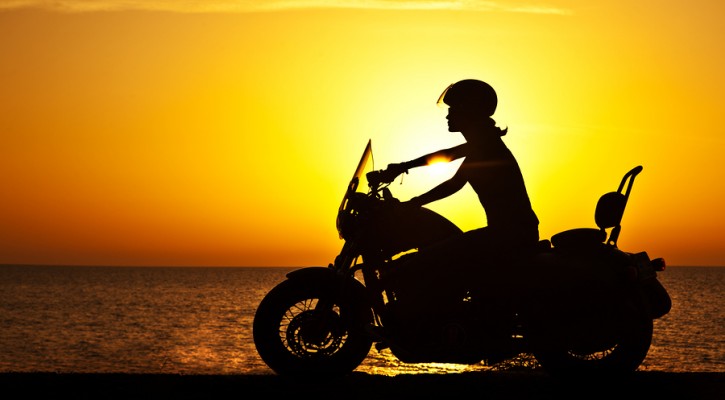
Summer Safety Tips
August 26, 2014
Motorcyclists are out on the road in full-force. They’re enjoying the freedom of summer while it lasts, before the first fall frost sends their beloved bikes back into storage for the winter.
It’s been a great riding season so far, but let’s not forget these summer safety tips as this motorcycle-friendly weather comes to an end:
Summer Safety Tips for Motorcycle Riders and Other Motorists
A Giant Drivers License Infographic
August 4, 2014
The fine folks at DMV Cheat Sheets have put together this big, giant infographic about every type of drivers license. Full of useful info, amazing facts, and answers to tons of questions, we think you’ll get a lot out of this fun fact-packed graphic.
Learn what your drivers license can do for you:
Helmet-Mounted Brake Lights!
July 11, 2014
When it comes to motorcycle safety, you can never have too many lights. That’s why helmet-mounted brake lights are becoming more popular among the riding community.
This safety feature improves your visibility by adding extra brightness at night, giving extra caution to drivers when braking, and adding a light at eye-level for close-traffic situations when taillights are harder to see.
Motorcycle helmet lights can be attached to any helmet. They are bright, self-adhesive and come with a wireless transmitter that connects to the motorcycle wiring. Newer helmet safety lights also include hazard lights and turn signals. They can also be configured for use with up to two helmets.
Once installed, all the rider has to do is use their brakes or turn signals and the helmet will automatically respond to existing controls.
When cars and trucks collide with motorcycles, the drivers often claim they simply didn’t see them. They say “they came out of nowhere”. Well, motorcycles never come out of nowhere. Sometimes it takes a little extra caution on the driver’s part to see these smaller vehicles.
However, with an extra light on the helmet that is bright and lit up at eye-level, this new safety feature will no-doubt increase motorcycle visibility. And, increased visibility is always a good thing.
Distracted Driver Survival: RIDE LOUD!!!
June 27, 2014
One of the best tips for Distracted Driver Survival: Ride as if you are invisible. The reason this is such great advice is that most drivers DO NOT SEE YOU. Whether they are distracted, inattentive or just happen to have you in a blind spot, car and truck drivers often fail to notice motorcycles on the road.
That’s why today’s Distracted Driver Survival tip is to RIDE LOUD! Wear loud (aka bright) clothes and gear, use the horn when necessary, and don’t be afraid to give the throttle a little love. Don’t be obnoxious – in fact, some cities actually have noise restrictions for motorcycles – but don’t ride quietly, either.
There are some very innovative ways to ride loud these days. For instance, many people use bright LED lights for night riding. These bad boys are just too cool not to be noticed:
Day or night, a loud motorcycle horn can be a lifesaver. The Banshee Horn is sure to make your presence known:
FUN FACT: Wikipedia defines Banshee as: (“woman of the barrows“) a female spirit in Irish mythology, usually seen as an omen of death and a messenger from the underworld
Be sure to check with local law enforcement before trying out these more creative ways of riding loud. Every city has different restrictions.
However, you can always #ridesafe by wearing bright-colored gear, riding a bright-colored motorcycle, and using the lights and sounds already available on any standard bike. The important thing is that you make your presence known.


